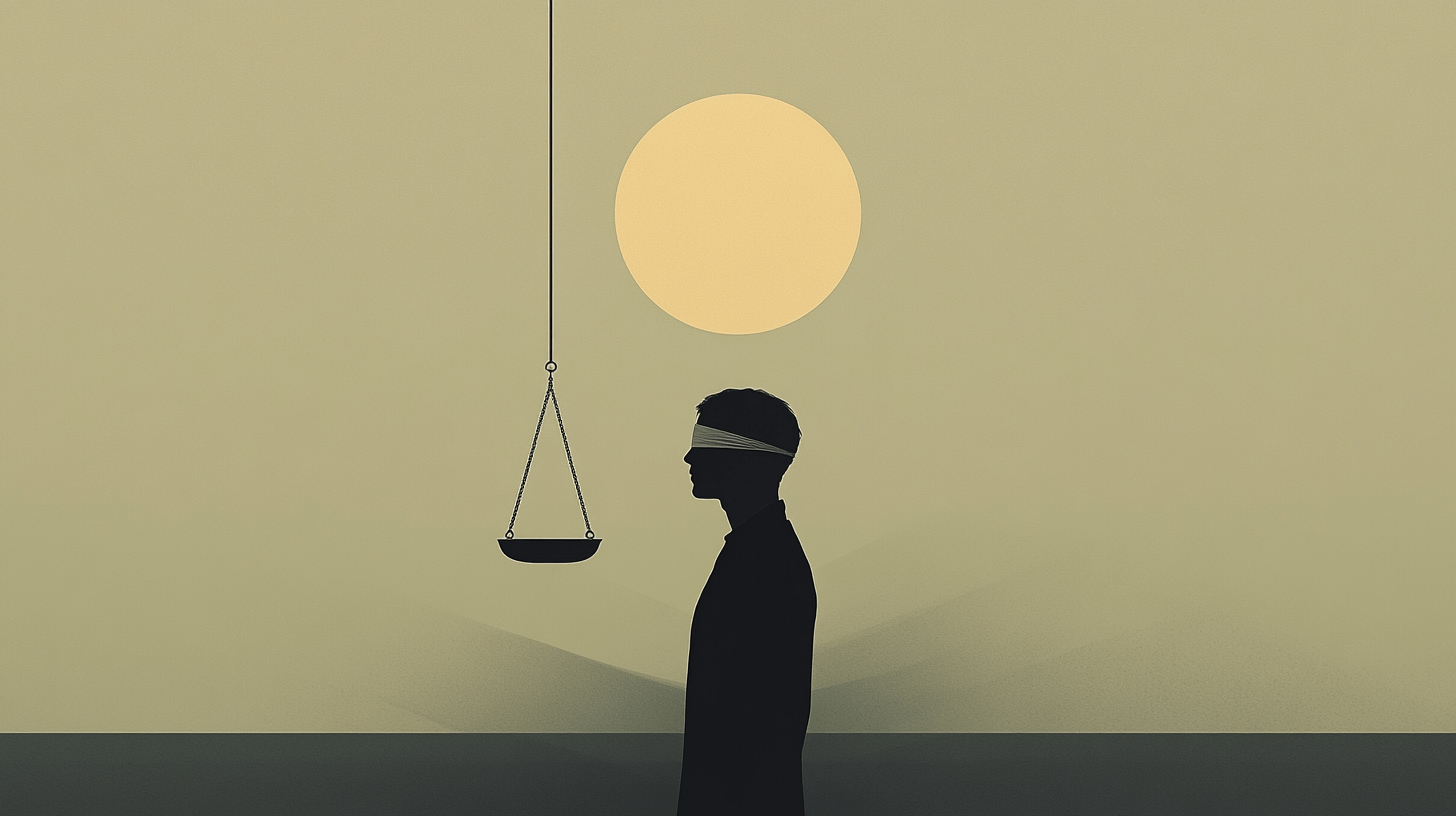What is Negligence in a Personal Injury Case?

Negligence is a legal concept that forms the foundation of most personal injury claims. It occurs when someone fails to exercise reasonable care, resulting in harm to another person. In legal terms, negligence requires proving that a party owed a duty of care, breached that duty, and caused injury or damages as a direct result.
Key Takeaways:
Negligence is the basis for most personal injury lawsuits, from car accidents to slip-and-falls.
Plaintiffs must prove duty, breach, causation, and damages.
Evidence such as eyewitness testimony, medical records, and expert analysis strengthens claims.
How does negligence apply to different types of personal injury cases?
Negligence is a fundamental legal principle in personal injury cases and can manifest in various ways depending on the circumstances. In car accidents, drivers have a duty to follow traffic laws and operate their vehicles safely. When a driver speeds, texts while driving, or runs a red light, they breach that duty and can be held liable for any resulting injuries. Medical malpractice occurs when a healthcare provider fails to meet the standard of care expected in their profession. For example, a doctor who misdiagnoses a condition or makes a surgical error may be deemed negligent. Premises liability refers to the responsibility of property owners to maintain safe conditions. If a store owner fails to clean up a spill and a customer slips and falls, they could be found negligent. Lastly, product liability involves manufacturers and designers who create unsafe or defective products. If a company produces a faulty car brake system that leads to an accident, they could be held liable for negligence.
Key Takeaways:
Negligence applies differently depending on the type of personal injury case.
Car accidents, medical malpractice, and premises liability often involve proving negligence.
The burden of proof rests on the injured party to show how negligence caused their harm.
What is comparative negligence?
Comparative negligence is a legal principle that determines fault when both parties share responsibility for an accident. There are two main types:
Pure Comparative Negligence: Plaintiffs can recover damages even if they are 99% at fault, but their compensation is reduced by their percentage of fault.
Modified Comparative Negligence: Plaintiffs can only recover damages if they are less than 50% (or Key Takeaways:
Comparative negligence affects how much compensation a plaintiff can receive.
Some states bar recovery if the plaintiff is more than 50% at fault.
Evidence like surveillance footage or accident reports can impact fault determinations.
How do you prove negligence in a personal injury lawsuit?
To prove negligence, a plaintiff must gather and present strong evidence, such as:
Police Reports: Establish fault in car accident cases.
Medical Records: Show the extent of injuries and necessary treatments.
Eyewitness Testimony: Confirms how the accident occurred.
Expert Witnesses: Provide professional opinions on standards of care.
Key Takeaways:
Strong evidence strengthens a personal injury claim.
Eyewitness testimony and expert opinions are crucial.
Hiring a personal injury attorney can help navigate legal complexities.
Conclusion
Negligence is the foundation of personal injury law, requiring proof of duty, breach, causation, and damages. Whether in car accidents, medical malpractice, or premises liability, proving negligence is key to securing compensation. Understanding comparative negligence and gathering strong evidence can significantly impact the outcome of a claim.
What are the four elements of negligence?
The four elements of negligence are duty of care, breach of duty, causation, and damages. A plaintiff must prove all four to succeed in a personal injury claim.
How does comparative negligence affect personal injury claims?
Comparative negligence reduces a plaintiff’s compensation based on their percentage of fault. In some states, if the plaintiff is more than 50% at fault, they may not recover damages.
How can you prove negligence in a lawsuit?
Proving negligence requires strong evidence, including police reports, medical records, eyewitness statements, and expert testimony. A personal injury attorney can help build a solid case.
Featured Articles
-
Behind the Verdict
Behind the Verdict: Inside the $22.75M NYC Transit Case: Truth, Tactics & a Platform to Stand On
Behind the Verdict: Inside the $22.75M NYC Transit Case: Truth, Tactics & a Platform to Stand On https://youtu.be/E-X1UHYt2DsIn one of New York’s most talked-about.
-
Glossary
What is Voir Dire?
What is Voir Dire? If your personal injury case goes to trial, one of the first steps you'll witness is voir dire—a term that.
-
Glossary
What is Tort Reform?
What is Tort Reform? Tort reform is a hot-button issue in the world of personal injury law. If you’ve filed—or are thinking about filing—a.
Explore our Contributors
Discover Next
Insights from Experts
Learn from industry experts about key cases, the business of law, and more insights that shape the future of trial law.










